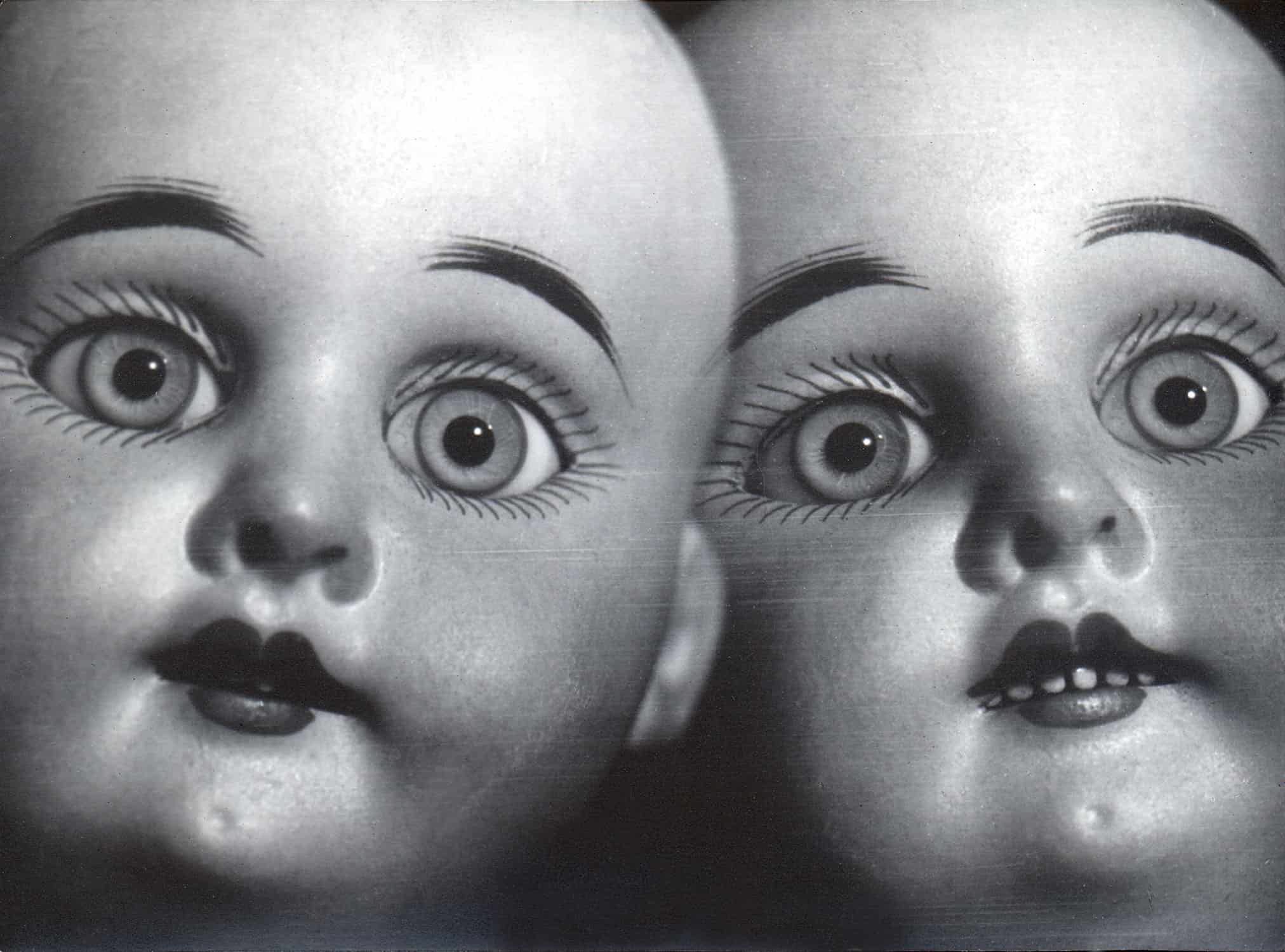For the beginning of the new year, we present you three must-have books on the classics of 20th century art. To understand what is happening in contemporary art now and what are the new developments in methods and language to talk about art, we shouldn’t forget the lessons by classic artists such as Natalia LL – pioneer of feminist art in Poland, Marek Piasecki – truly independent visionary, and Józef Robakowski – the artist who embraced new media language. So, this time we recommend you 3 books on artists who create/ created their incredibly diverse work on the intersection of various media in the 20th century.
Natalia LL, Consumer Art and Beyond
This English-language publication about Natalia Lach-Lachowicz (Natalia LL) work has just been published. When talking about Natalia LL, most people immediately think about a series of her photos depicting naked women in provocative poses, with various objects and food products. The photographs constitute Natalia’s most recognisable cycles: “Consumer Art” and “Post-Consumer Art”. Both series she created in the early 70’s, during the groundbreaking period of her creativity. The publication „Consumer Art. and Beyond” draws and attention to less known cycles of work: Eat Me (1975), Secretum et Tremor, Transfiguration of Odin (2009), Moving Flower, Hortus Eroticus, Intimate Recording (Cosmos) (1969/2013). Interestingly, the critics and art historians who do not specialise in writing on her practice were invited to interpret this less known work. As a result, their theoretical and curatorial interests shed a new light on Natalia LL’s creativity and the texts present her work from a completely different angle. Therefore, we can look at her photographs through the methodology of critical botanical studies, technological modernity, language, grammar, logic, science, and Eastern European communist-era. The collection of these different points of view shows how rich is her work and how shallowly she has been read so far.
The monograph aimed at popularising the works of Marek Piasecki (1935–2011), a versatile Polish artist who worked across an extensive range of artistic media, including graphic arts and sculpture. As a representative of the Avant-Garde photography, Piasecki’s works can be found in renowned private and public collections all over the world, for instance in the Centre Pompidou in Paris, though they are still not widely known. Moreover, there are not many publications on his oeuvre in English. The book shows a cross-section of the artist’s versatile oeuvre, whose form and content often fall beyond any categories applied by scholars. This book consists of many distinctive parts; we can see the photograph with a physically fragmented personality of various kinds of found objects, dolls and images. Apart from the above-mentioned lens-based photographic work, Piasecki exploited unorthodox styles and approaches in photographic practice without using a camera, so the monograph presents a series of heliographs and miniatures that are experiments on various techniques devoid of lens-based media, as well as, ready-made objects.
Marek Piasecki, With Care, Fundacja 9/11 Art, Poznań 2017
The monograph attracts with a clear typeset and a beautiful presentation of photographs which invite the reader to do further research. We strongly recommend it. It will surely be of interest to experts on Marek Piasecki’s art and to people who hear about him for the first time.
Józef Robakowski, My Own Cinema
Józef Robakowski is a key figure in the development of experimental photography and experimental film in the 70s and 80s. He made many films, photo-objects, photographic cycles, television programmes, and artistic interventions. In the presented monograph based on a retrospective exhibition that took place in 2012 at the Center for Contemporary Art in Warsaw, we can trace his experiments starting from individual research to activities in The Film Form Studio (an art group active between 1970-1977). No matter what technique he used he always tried to expand the possibilities that audiovisual arts offers. “For many years I have been researching the relationship between my psychophysical body and the devices whereby I make mechanic records […]” – said Robakowski. A core of the publication, are his experiments with the film matter. The book includes an interview with Józef Robakowski by Hans-Ulrich Obrist, and texts by Łukasz Ronduda, Bożena Czubak and Marek Nash.
Józef Robakowski, My Own Cinema, Centre for Contemporary Art, Ujazdowski Castle, Warsaw 2012

















